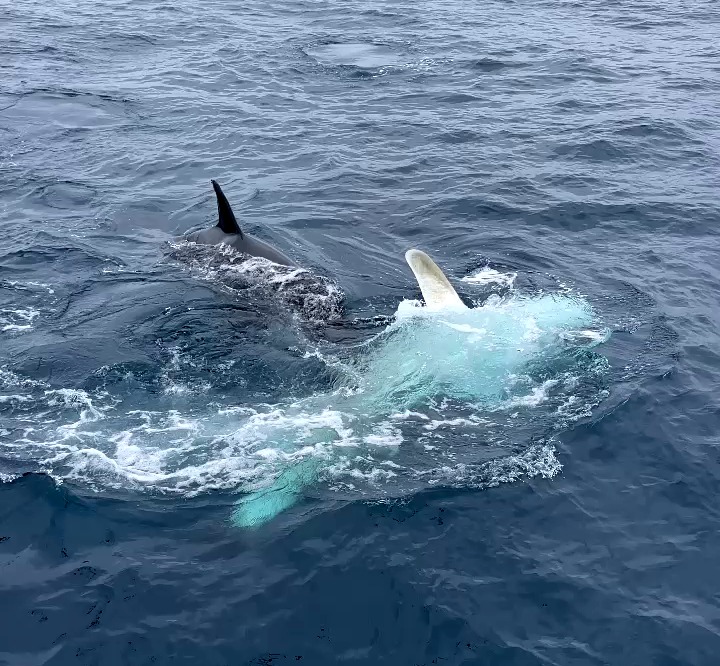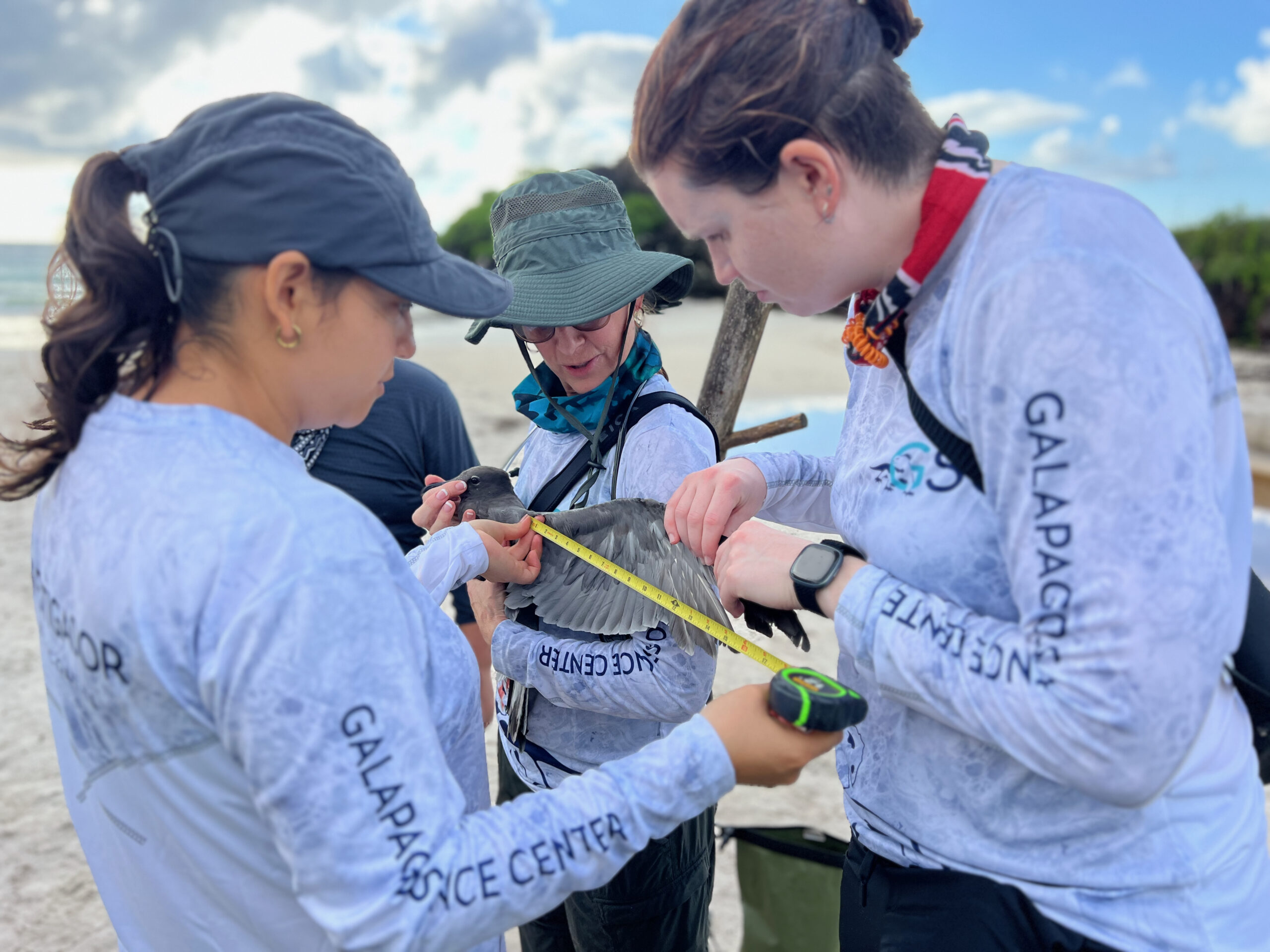Mariana Camacho, estudiante de maestría de la Universidad Javeriana de Colombia e investigadora de la Escuela Superior Politécnica del Chimborazo, en el marco del proyecto “¿Qué tan exóticas son las especies exóticas? Análisis ecológico de redes de artrópodos asociados a semillas de leguminosas exóticas y nativas en Galápagos”, se encuentra en San Cristóbal, Galápagos estudiando el comportamiento de una de las especies de plantas más invasivas del mundo, en colaboración de nuestro investigador, Gonzalo Rivas.
La Leucaena leucocephala es una especie que por su gran capacidad de adaptación es considerada altamente invasora. Actualmente, hay registros de la presencia de esta especie en las 4 islas pobladas de Galápagos, sin embargo, no se conoce su distribución exacta.
Para esto, Camacho y Rivas emplean drones con el fin de mapear esta planta en áreas urbanas, rurales y protegidas, desde la costa de Puerto Baquerizo Moreno hasta la parroquia El Progreso, ubicado a sólo 7 kilómetros de la línea costera y con un clima más templado y frío.
Si bien, el objetivo principal es mapear la presencia y ausencia de esta planta antes de que sea considerada una plaga, Camacho también busca conocer la percepción y uso que las personas tienen sobre esta especie y determinar si existen interacciones de esta planta con otras especies de insectos y plantas nativas, para lo cual se están aplicando encuestas a la comunidad.
“La Leucaena leucocephala está considerada dentro de las especies más invasoras en el mundo pues su semilla es de fácil dispersión, el viento, los pájaros, los insectos e incluso los humanos ayudan en este proceso” afirma Camacho.
Según Rivas, el uso de drones en esta investigación ha permitido tener una visión más amplia y real sobre el espacio que esta planta está ocupando y la velocidad de ésta para propagarse.

Además, se elaborará un mapa predictivo que proporcione a los tomadores de decisiones un escenario claro sobre el cual se pueda trabajar para el control y eliminación de especies invasoras que representen un peligro para la conservación de las islas Galápagos.
Este trabajo se realiza bajo el permiso de investigación PC 41-21 tramitado por la Fundación Charles Darwin y con el acompañamiento de Gonzalo Rivas, investigador y docente del Galapagos Science Center.
La colaboración inter institucional fortalece la ciencia y la conservación.






